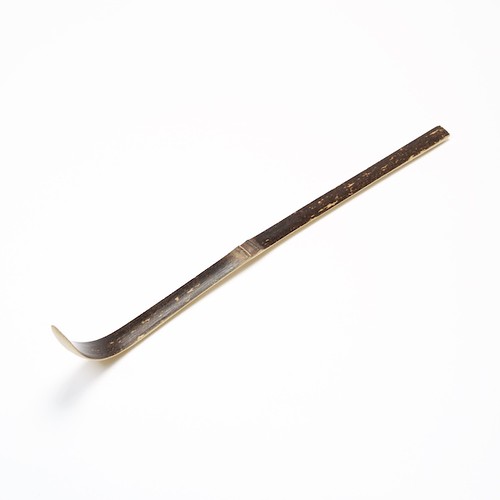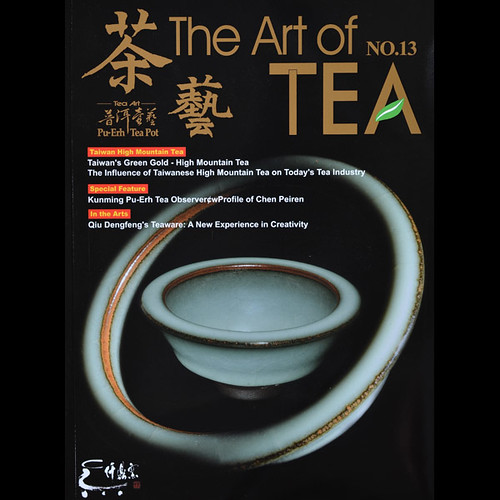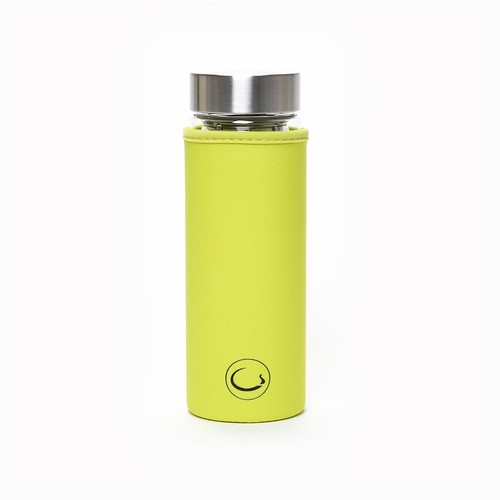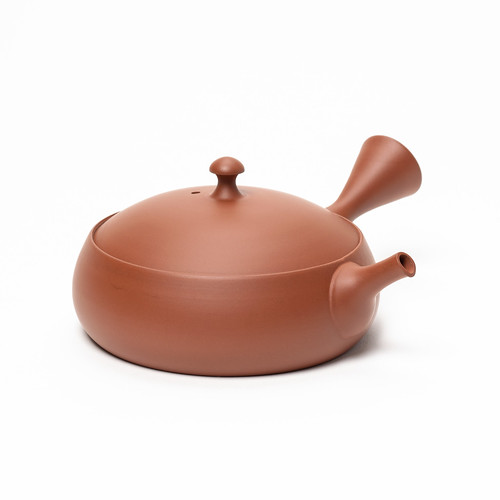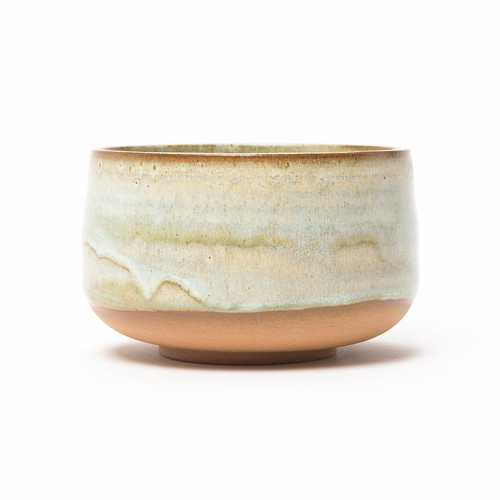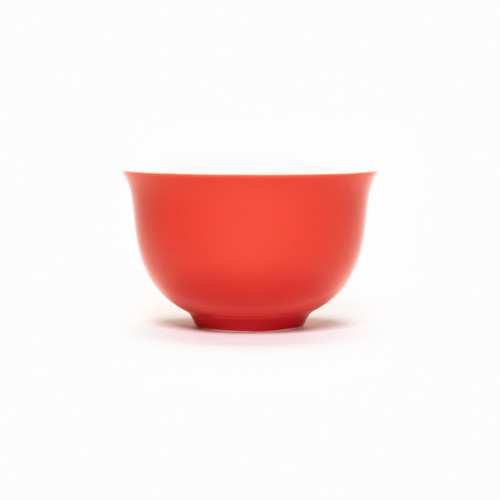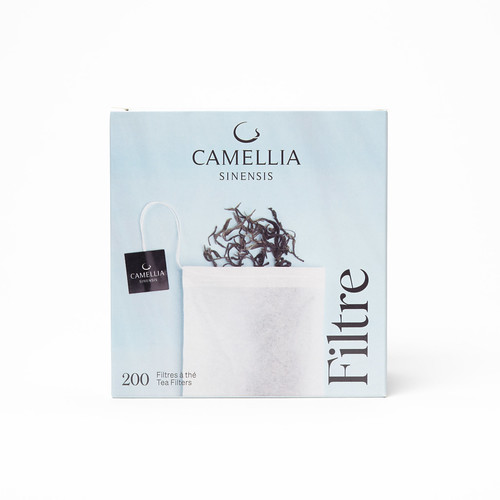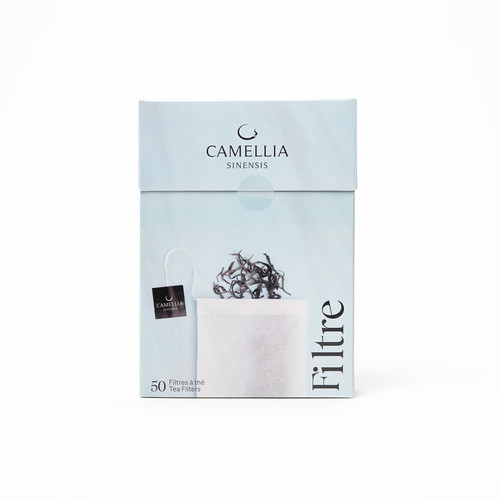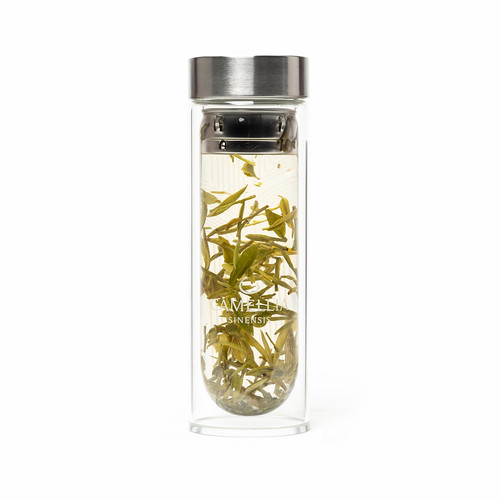
Kevin's top 3 for 2017: Discover his favourites.
British tea-taster Kevin first bought tea in Asia in 1989 and has since spent every spring there as for almost 25 years. Aside from his obsessive quest for Darjeeling’s finest leaf, his interest in the teas of Nepal, Sri Lanka, and the African continent have added these regions to his repertoire. Kevin was weaned on tea and has been drinking copious amounts daily ever since. According to his colleagues his daily tea consumption compares to the flow of some small rivers. Here are his Spring Picks for 2017.
Darjeeling Muscatel Valley DJ-3
This delicious tea from Muscatel Valley is a blend of leaves from young (clonal) and old (classic) tea plants.
As we taste the soft full, fruity attack of the clonal leaves open the flavor profile. Then gradually the more forceful vitality of the classic leaves powers through to close the flavor. In a recent tasting this effect was compared to a train speeding out of the mist…a very Darjeeling image.
The liquor combines the "classical", mineral (salty) and tannic character of older tea plants, with supple and fruity (typically "clonal") accents.
Darjeeling 1st flush classic Singell DJ-11 Organic & Fairtrade
After so many years scanning the same small region for the best examples I can find, I keep coming back to this little section of old plants. The ‘Heritage’ section of Singell was planted back in the 1860s with seeds from China. It yields some exceptional teas and I was very pleased this year to see that they have fenced off 400 plants to be allocated as seed trees for future generations.
The infusion of its beautiful whole leaves reveals a clear liquor, lively and balanced, with a rich aroma making it one of the best Darjeelings this year. Its beautifully balanced herbaceous and floral notes contribute a surprising lightness to this fine and refreshing tea!
The Kangra region is a secret corner of the Himalayas in the State of Himachal Pradesh. It was planted back in the 1850s around the same time as Darjeeling. Beautiful, classic, seed-grown plants growing at an altitude of 2000m and transformed in the style of a First Flush Darjeeling. The flavour structure is very similar to that of a Spring Darjeeling but the flavour points and character quite different due to the local terroir. A great discovery for any lover of classic Darjeeling.
Its full and fruity liqueur boasts bright vegetal, spicy and floral notes. Its tannic structure is rounded out by a pleasant mineral sensation(limestone) and a gourmet bread note that gives it extra depth.










